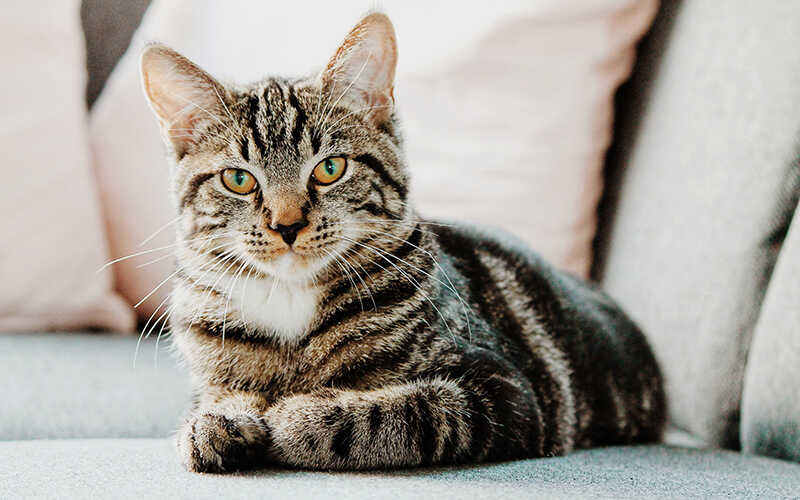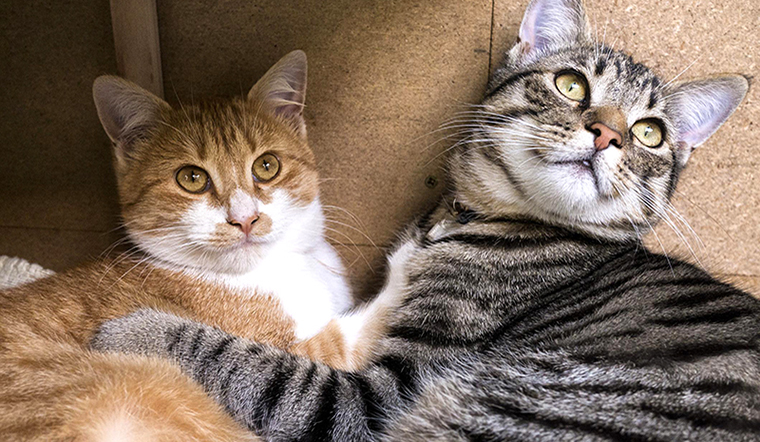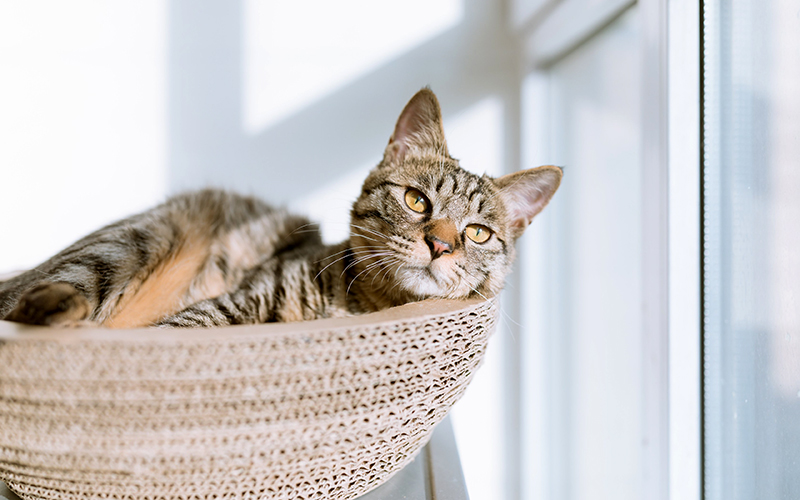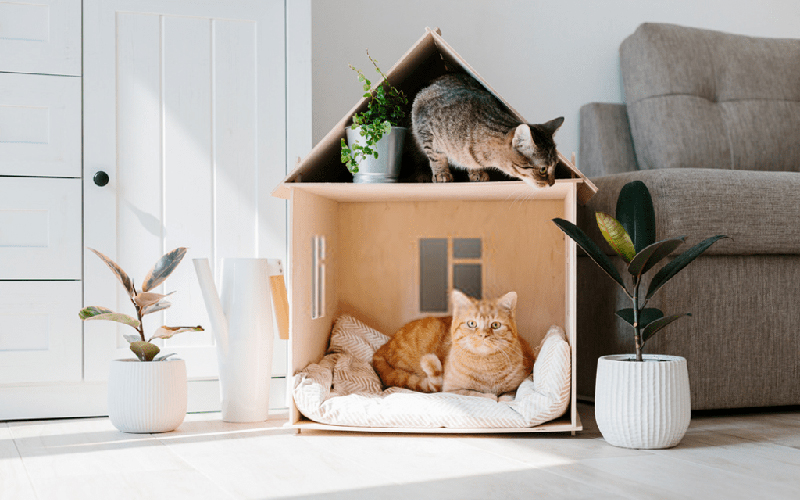The tabby cat, affectionately known as the “national cat” of Vietnam, is a familiar and beloved pet across the country, from remote rural areas to bustling cities. However, despite their popularity, many people don’t know much about this cat breed. Today, we will reveal everything there is to know about the tabby cat, including its origin, characteristics, care, and pricing, right here in this article.
1. Understanding the Tabby Cat
Origin of the Tabby Cat
 What is a tabby cat?
What is a tabby cat?
The tabby cat (also known as the striped or striped-fur cat) is not necessarily a distinct breed, but rather a term used to describe cats based on their fur pattern. Any cat with striped fur can be considered a tabby cat. Thus, people often associate the tabby cat with being a “miniature tiger” due to its similar fur pattern, earning it the nickname “little tiger.”

The tabby cat is believed to have originated in Africa and has been around for approximately 131,000 years. There are also suggestions that they were domesticated as early as 10,000 years ago.
As a result, the specific history of this cat breed remains a mystery. Most people only know that they are wild cats that were domesticated out of compassion and gradually became house pets.
Physical Characteristics of the Tabby Cat

Tabby cats typically have a small build and weigh between 3.5 to 6 kg, standing at a height of 20 to 25 cm. Their faces are small, with triangular ears that perk up, large nostrils, round and alert eyes, a long tail, slender legs, and sharp claws. These physical attributes make them excellent climbers and nocturnal mouse hunters.
Their fur can vary in color (black, white, gray, orange, etc.), but it is usually short, dense, and glossy. The fur always features tiger-like stripes and a distinctive “M” mark on the forehead, rarely seen in other cat breeds.

Personality Traits
Tabby cats are adorable, agile, and excellent mouse hunters, but they tend to be rather lazy when it comes to physical activity, preferring to spend their time sleeping and sunbathing to absorb vitamin D. Additionally, they have a relatively long lifespan, averaging 20 to 25 years, although this can vary depending on their living conditions.
2. Caring for a Tabby Cat
Feeding a Tabby Cat
Diet: Tabby cats have simple dietary needs, requiring only basic, mildly seasoned food such as rice, fish, meat, pate, and dry food. However, it is essential to use fresh, high-quality ingredients and ensure that the food is well-cooked, as their digestive system is not the strongest. When they are young, it is beneficial to provide more protein, such as fried fish, to stimulate their appetite.
Grooming and Hygiene for Tabby Cats

Housing: You can purchase or build a house or cage for your tabby cat to encourage them to stay in a designated area and minimize their roaming around the house. It is crucial to prevent them from wandering outside, as they can easily catch diseases from stray cats.
Additionally, regular grooming is essential to reduce shedding and maintain the shine of their fur. Brushing their fur once a week and trimming their nails weekly will help keep your furniture scratch-free and your home fur-free!
Hygiene: Tabby cats are self-groomers, so they don’t require frequent baths. A weekly bath with cat shampoo will suffice. Afterward, dry them off with a towel and a hairdryer. It is also important to clean their ears, nose, and throat regularly (once or twice a week) to prevent the buildup of bacteria and dirt.
Common Health Issues in Tabby Cats
Remember to take your furry friend for regular deworming and check-ups. Consult your local veterinarian to determine the appropriate vaccination and deworming schedule based on your cat’s health and needs.
Things to Keep in Mind When Caring for a Tabby Cat
When caring for a tabby cat, here are some essential things to keep in mind:
- Pay attention to your cat’s nutritional needs at different life stages.
- Maintain a clean living environment for your cat.
- Ensure your cat receives all necessary vaccinations and regular check-ups to prevent serious illnesses.
3. Buying a Tabby Cat
Pricing for Tabby Cats

Tabby cats are relatively inexpensive as pets, making them a popular choice for many people.
Price range:
- 100,000 – 200,000 VND/cat (for tabby cats born in Vietnam)
- 500,000 – 2,000,000 VND/cat (for imported tabby cats or those crossed with Scottish or British breeds)
Discover more: Explore the characteristics, care, and pricing of
Things to Consider When Buying a Tabby Cat
When purchasing a tabby cat, it is essential to choose a reputable seller offering cats with clear origins. Look for a cat with soft, glossy fur and an energetic, playful demeanor.
A simple way to assess a cat’s health is to gently lift the skin at the back of its neck. If the cat is healthy, its back legs will automatically curl up.
We hope that this article has provided you with valuable insights into the origin, characteristics, care, and pricing of tabby cats. If you’re considering adopting one of these adorable felines, remember to provide them with the love, care, and attention they deserve to ensure a happy and healthy life together.






























